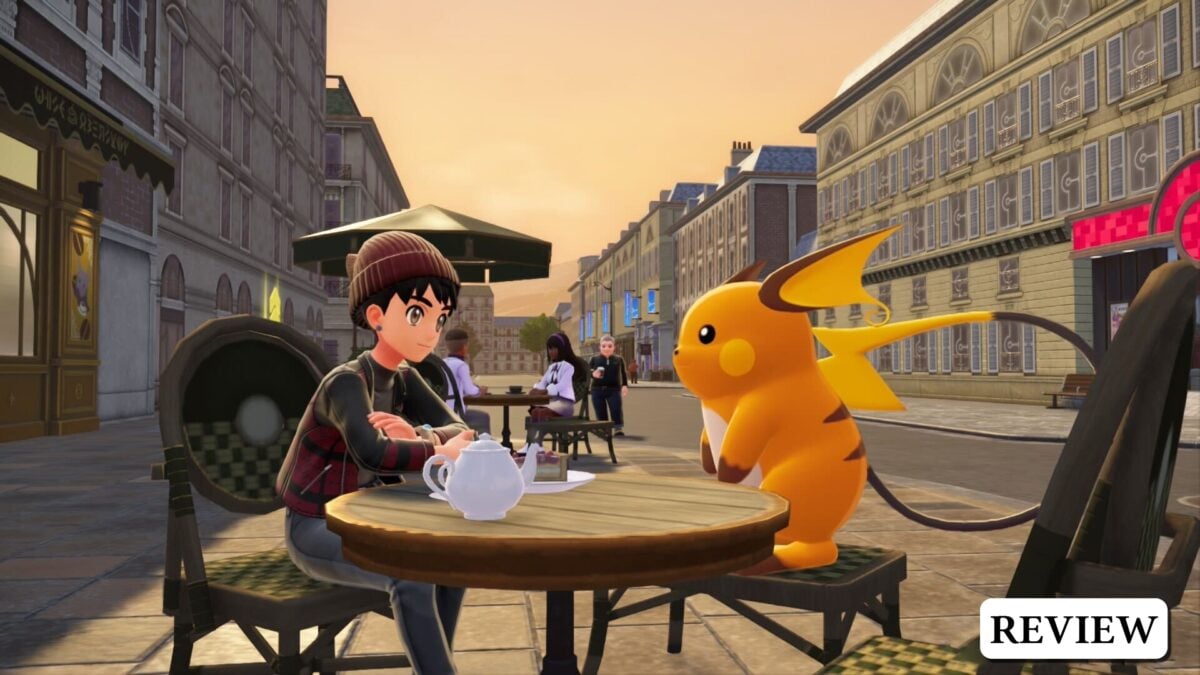Earlier this year, I was interviewing the creators of BALLS: The Monster-Catchin’ Musical Comédy about the parody show’s spoofing of the Pokémon universe. We talked about how, in the ‘90s, Game Freak probably wasn’t designing the world of its monster-taming RPGs to be interrogated, or expecting the core concept of capturing magical monsters in balls to become the source of a heated moral quandary. Established norms like dumping your unused Pokémon in a PC box were probably not meant to make a kid think about the existential dread their seventh-favorite monster might experience in captivity, where they had to put it because they could only hold six Poké Balls on their belt at a time. The BALLS writers, however, extrapolated this rote procedure into a scene in which its legally distinct “Collectabuddies” are going mad from being stranded in storage for so long. It’s a dark, disturbing fate that Pokémon hasn’t explored, and in the decades since Red and Blue, the dissonance between Pokémon’s need to maintain an upbeat depiction of its world’s monster-catching status quo and its exploration of a world in which Pokémon and humanity co-exist peacefully as equals has only become louder and harder to ignore, especially as stories like Pokémon Legends: Arceus and Detective Pikachu have put these dynamics under a microscope.
Enter Pokémon Legends: Z-A, a sequel to the 3DS games X and Y, set entirely in the Paris-inspired metropolis of Lumiose City. After the near-apocalyptic events that occurred the last time we were in the Kalos region, the people of Lumiose are undergoing an urban redevelopment plan to make it an accommodating home for both humans and wild Pokémon. This ranges from the cutest Pikachu to the most dangerous dragon, like Salamence. Certain areas of the city are designated “Wild Zones” where these untamed monsters live, and humans are free to explore them and battle the wildlife, or catch them, add them to their party, and have them take part in battles in the local competitive scene. That…doesn’t sound like the sort of equal co-existence Lumiose is touting. If the relationship between humans and Pokémon has only changed in terms of proximity, what is their shared city aspiring to that is actually moving the needle of progress?
Interestingly enough, Z-A seems unsatisfied with its own answer. The Pokémon series has been gesturing at this issue for over a decade, with Pokémon Black and White (ineloquently) introducing a villainous team whose entire goal was to free these creatures from their spherical prisons, only to dial that all back by the end. The Detective Pikachu games and live-action film take place in Ryme City, a place where Pokémon battling is outlawed, and there, these critters have day jobs like any other human. As a result, that subseries still offers the most revolutionary vision of a world where man and ‘mon walk side by side.
But in Z-A, the core verbs are still “catch” and “battle,” and the game has more questions than answers about what the dynamic between the human and Pokémon citizens of its new city even looks like. Lumiose’s redevelopment feels like a half-step toward a new ideal, but the game’s sense of hope for a brighter future in the Pokémon world primarily manifests elsewhere, both in the story it tells and in the new ways it illustrates the bond between Pokémon and trainer when you’re in the thick of battle. Like most things it has going for it, Z-A’s vision of the Pokémon universe is experimental, testing the waters for a future it’s not quite ready to boldly walk into, held back by expectations of what it’s supposed to be. But what’s here still manages to solidify the Legends subseries as the Pokémon games to watch, ones that appeal to the diehard lore enthusiasts, the casuals who are tired of repeating the same format, and the ones who have felt burned by the technical fumbles of recent years.
Welcome back to Lumiose City
When I first began my vacation to Lumiose City, I was greeted by Taunie, a sprightly leader of Team MZ, a group of youngsters operating out of a mostly unremarkable hotel to handle a much more remarkable problem. As the city is undergoing its redevelopment, some of the wild Pokémon who are migrating to the Wild Zones are undergoing a painful, forced Mega Evolution in the city streets. These usually temporary transformations are supposed to be activated by a trainer, but the wild Pokémon are undergoing Mega Evolution against their will and need to be pacified so they can return to their original state, as I’m told, these Rogue Mega Evolutions threaten the stability of the entire redevelopment plan.
The existence of that supposed stability, however, is debatable. As I weave through the scaffolding of unfinished construction work, hop across the rooftops, and insert myself into the citizens’ business with my Raichu by my side, almost all I hear from residents is dissatisfaction with the entire project. People love their partner Pokémon, but they’re unsure if Lumiose’s redevelopment plan is as righteous as it sounds on paper. Some folks are concerned about what happens if a powerful Pokémon gets out of the Wild Zones, and others find all the construction and noise of the late-night Z-A Royale tournament battles in the street an annoying distraction in their already hectic city life. Still others claim that sequestering these monsters into their own designated spaces isn’t actually solving anything. But no one seems to agree on how to truly integrate Pokémon and humanity.
In its own way, Z-A underlines how the more you think about it, the more it becomes clear that this entire world is kind of fundamentally broken. Pokémon are friends, but they are dangerous. Humans want to co-exist with them as equals, but still get to capture them in Poké Balls. I don’t think this is some pretentious CinemaSins “gotcha” moment; I think it’s a sign of a world that has, as time has gone on, started to reckon with itself, but is still struggling to find the happy medium between the central monster-catching premise people know and love and the monster-loving world it wants to depict. I would have been floored if Z-A had completely upended everything the Pokémon franchise has ever been, but I think I find its honest admission that it doesn’t know what the answer is to be just as compelling. Yeah, you can point to all the external factors of Pokémon being a worldwide phenomenon of multimedia, merchandising, and moneymaking as the reason that nothing truly revolutionary comes out of Lumiose City, but given that Pokémon will continue long after Z-A, I think I like the idea of watching a world slowly inching toward a new historical era. Progress is often slow, and maybe I’m intrigued by watching the series grapple with questions about how to move forward, rather than finding an easy answer and solving the universe’s problems in 30 hours.
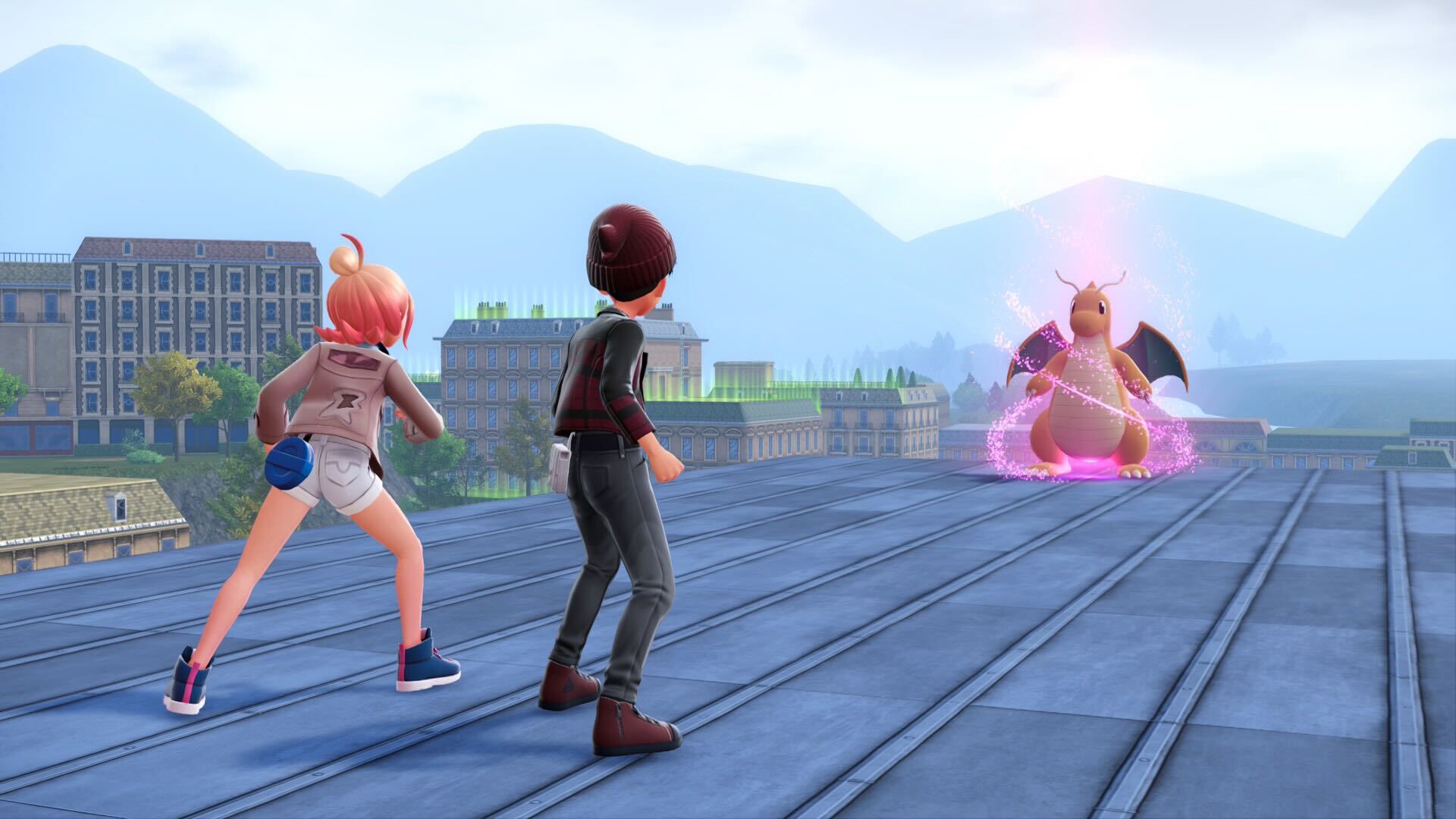
It might not be quite as idyllic as its leaders want it to be, but Lumiose houses one of Pokémon’s most memorable casts, full of characters who have a vested interest in helping it get there. Game Freak has always excelled at creating memorable trainers, but the series is typically so transient that most of the characters you meet only get a bit of time to shine before you head to the next town. Z-A is set entirely in Lumiose, however, so as I work my way up the ranks of the Z-A Royale and save Rogue Mega Pokémon, I’m meeting what feels like a real assortment of unlikely friends bonded by proximity and a sense of home. Lumiose is still reeling from the events of X and Y, and after a near-cataclysmic event, you’d think most people would be looking to put some distance between themselves and the Prism Tower at the city’s center. And to be fair, several of them have. While there are a few returning characters from previous games, Z-A’s cast is mostly made up of fresh faces, with a lot of the old Kalos region staples having moved on and just being referenced with a wink in passing dialogue. Those who are still here from X and Y are usually a somber echo of who they once were, lingering because they have nowhere else to go. The people who are left cleaning up the wreckage do so because this city is their home, and they’ll stand by it even as dubious corporate interests flock to it.
Maybe I’m just a sentimental fool who only recently moved to a big city, but seeing Z-A’s cast of proud Lumiose residents come together to protect their city and its population hit me like a truck. One endgame sequence resonated with me so deeply, I just put my Joy-Cons down and stared at the ceiling, realizing that living in New York City for almost three years elicits a similar feeling of unity and camaraderie with my people here. Pokémon has always been about the power of friendship, but those bonds are also the foundation of community, and Z-A’s cast is one of the series’ best examples of it. Seeing folks in different industries, with different Pokémon training skills, and from different walks of life come together in service of the people is pretty inspiring, even when the individual stepping up is someone whose Pokémon’s attacks I’d been on the wrong side of hours prior. Lumiose and its citizens are still figuring things out, but when I see people like Corbeau, the pseudo mob boss of the city, working alongside local celebrities like the streamer Canari, in service of a place and of people they’ve grown to care for, I can’t help but believe they might find a way to make the city the best version of itself eventually.
There’s been much debate about the size of Lumiose City as an open-world video game space, but I really don’t mind a walkable city that doesn’t require me to hop on a Pokémon steed to get from one side to the other. I’ve never been a player who finds the act of getting to a destination as interesting as whatever it is I’m actually going there to do, and Z-A has plenty to do between filling up your Pokédex with monsters in the Wild Zones, battling in the Z-A Royale, doing (sometimes menial) side quests, dressing up and taking cute pics with your Pokémon, and eavesdropping on some of the batshit things citizens have to say. It’s a small map, sure, and as they often do, Pokémon fans and haters alike are combing through it and noting the lack of environmental details. Windows are the new trees, as these fixtures appear to be a texture plastered on the sides of buildings rather than actually rendered. Maybe it was helpful that I played the game on Switch 2 and had a smooth ride, but this is the first time I’ve played a Pokémon game since the jump to 3D that didn’t make me grimace at moments of ugliness. Yeah, it’s not going to win any awards for its graphics, and there are plenty of bugs that people will clip, but it’s a far cry from the technical and visual mess of Scarlet and Violet, and when it wants to flex, Z-A’s more visually striking moments really pop on Switch 2.
Despite my smooth ride, I’m seeing players talk about what sounds like a completely different game than I’ve experienced. To some, Z-A is a technical mess on the same scale that Scarlet and Violet were at their horrendous 2022 launch, and yet, I’ve experienced almost none of the issues they’re reporting. Even with Scarlet and Violet, my playthrough wasn’t buggy; it was just ugly and ran like shit. Video game bugs are a dice roll, as they’re often born of very specific scenarios that a developer might not see in testing, and if neither I nor a QA worker saw it, that doesn’t mean it’s not happening to someone else. But if I’m evaluating Z-A based on my own experience playing it on Switch 2, all I can tell you is that I have no technical complaints. In fact, it ran so smoothly on the device that it was actually jarring after having spent over 160 hours enduring Scarlet and Violet’s jank.
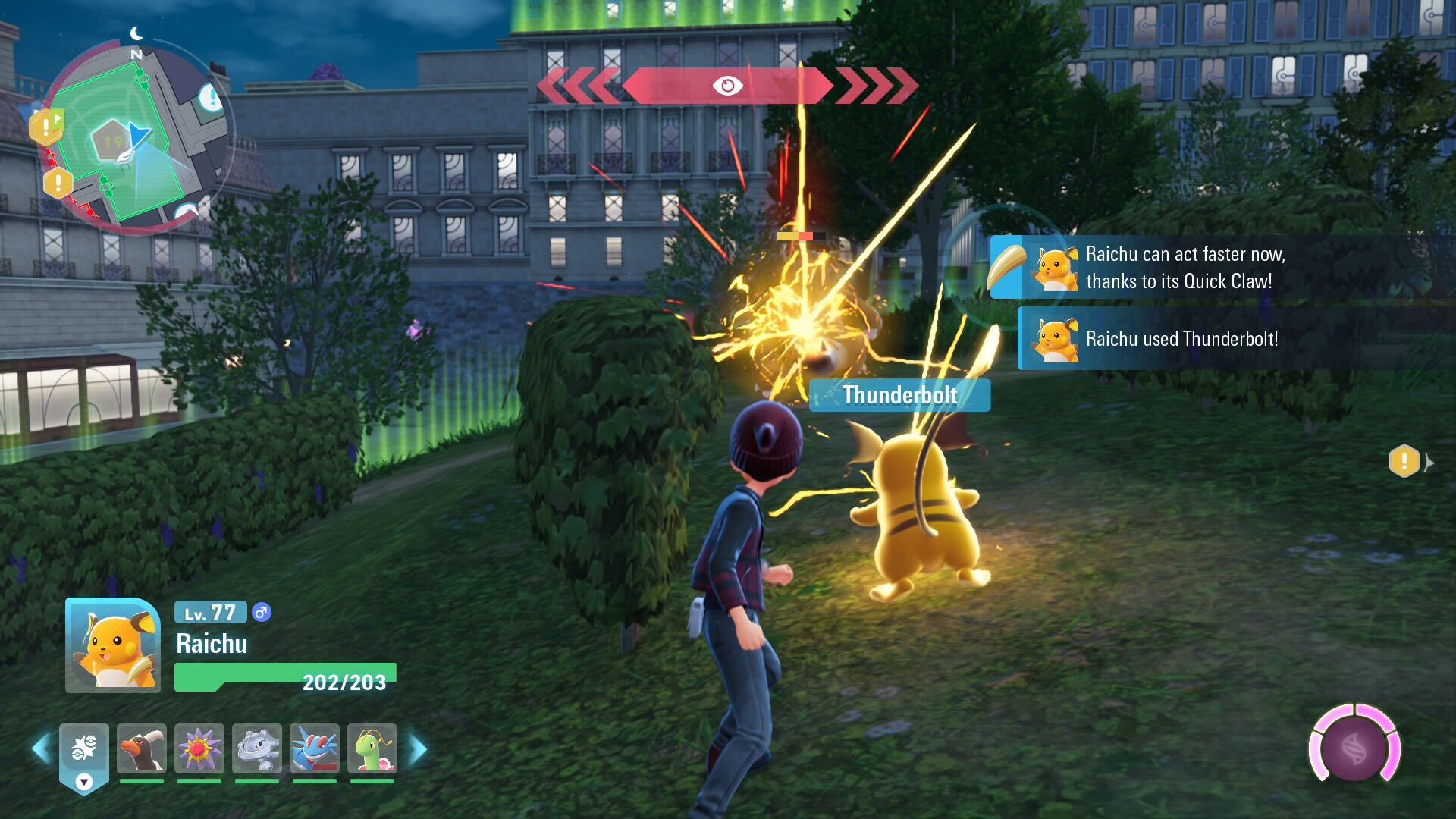
Get in the ring, trainer
That buttery smooth performance allowed me to get the most out of Z-A’s new real-time battle system. While Lumiose is struggling to come up with a more groundbreaking solution to its city infrastructure, Z-A’s battle system is one of the most inspired changes Game Freak has ever put onto a cartridge. Rather than the turn-based battles fans know from previous games, Z-A has you issuing commands to your Pokémon in real-time, cycling through cooldowns, focusing on positioning, and making quick, reflex-based plays on top of all the usual strategic elemental strategizing. As you tell your Pokémon what attacks to use, you’re also running around the battlefield alongside them. In a way, the co-existence Z-A aspires to is best encapsulated in putting trainers in the thick of the scrap, and I loved how cooperative it felt to dodge and reposition as I quickly thought on my feet about what moves to use.
This shift fundamentally changes the way you have to think about your Pokémon’s movesets and how they interact with others on the field. For example, I taught my Raichu attacks that would allow him to move throughout the battlefield at a quick pace. If an enemy got too close, I’d have him use Volt Switch, which would shock an opponent and allow him to quickly teleport to my side. I usually kept my distance from other trainers’ Pokémon, so this was a guaranteed escape for him if he got overwhelmed by an enemy. If I needed him to close the distance, I’d have him use Play Rough and slap enemies around, then use Volt Switch again to return to safety, then throw a long-range Thunderbolt at a foe for good measure. I created builds that were about more than just type coverage, but instead formed archetypes like Raichu’s “hit-and-run” attacker or my “keep away” Starmie, whose entire moveset kept it at a distance to accommodate its slow movement. The result is that fights are frantic, exhilarating, and sometimes over much sooner than I’d like them to be.
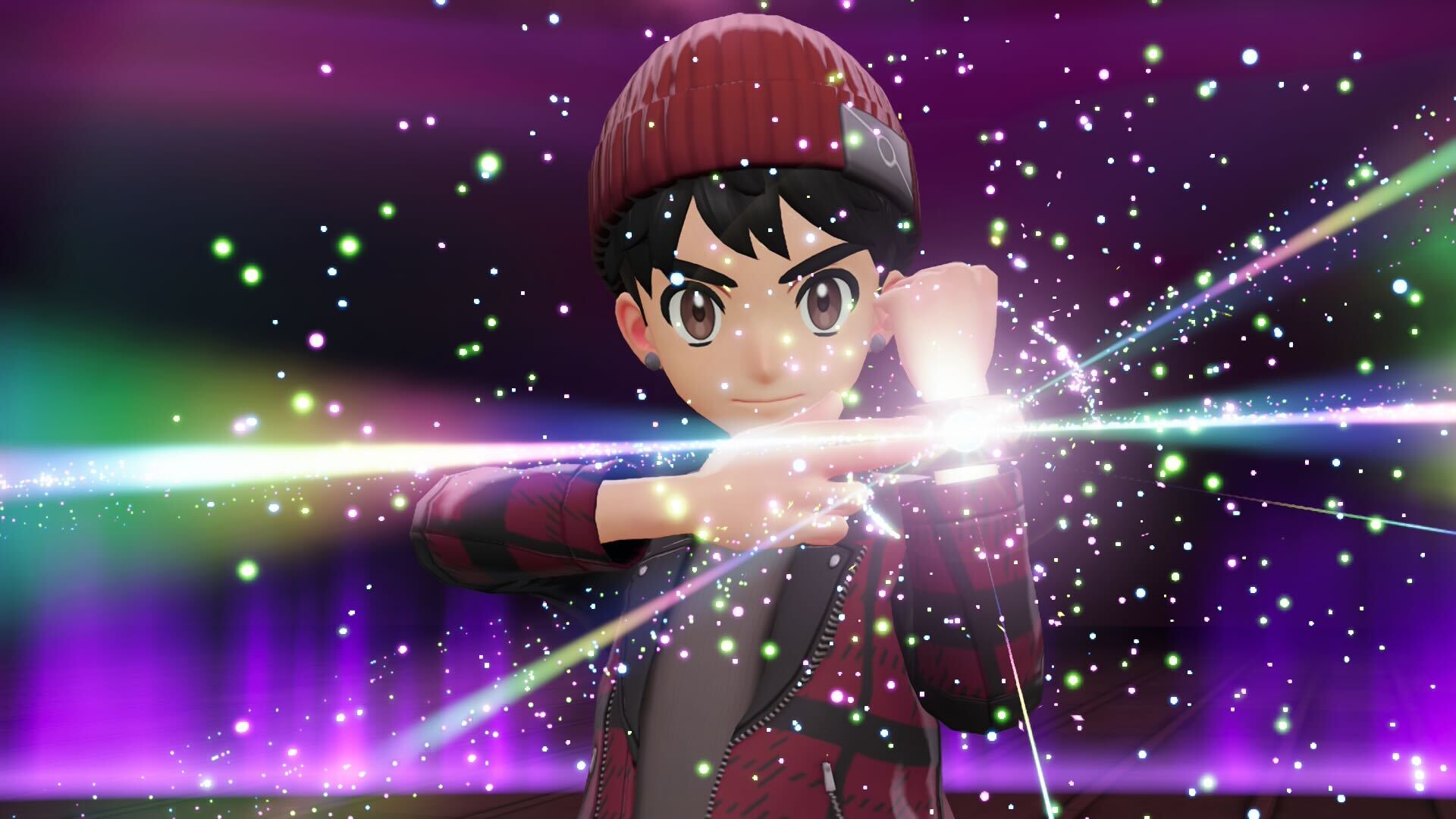
-
Back-of-the-box quote:
“We built this city on Mega Rocks and Roll.”
-
Developer:
Game Freak
-
Type of game:
Monster-taming RPG with a new, real-time battle system.
-
Liked:
Battle system is a challenging and rewarding spin on an old formula, memorable cast, compelling follow-up on the fallout from X and Y.
-
Disliked:
Focus on Mega Evolution makes party choices more restrictive, not all Mega designs are made equal, Lumiose is a more compelling stage for thematic exploration than a video game map for literal exploration.
-
Platforms:
Nintendo Switch and Switch 2 (played on)
-
Release Date:
October 16, 2025
-
Played
~30 hours to hit credits
Where the system really shines is in the Rogue Mega Evolution fights, which are longer battles against one large, superpowered Mega Evolved Pokémon that usually requires multiple trainers to take down. These guys will often focus fire on you, so you’re constantly on the move, dodging powerful attacks while also trying to give orders to your Pokémon so they can dish out damage. That’s hard for most Pokémon, though, as Rogues have heightened defenses that are only easily broken by other Mega-evolved Pokémon. Unlike in X and Y, Mega Evolution is not a one-and-done mechanic you can only use once per battle. Instead, Z-A makes Mega Evolution a gauge you fill up and deplete multiple times throughout a fight, allowing you to transform multiple Pokémon into these beefed-up forms in one battle.
Because of this, Z-A encourages you to have multiple Mega Evolution-capable Pokémon in your team. The game has almost every Mega Evolution in its roster, with a few notable exceptions like legendary Pokémon Mewtwo and Rayquaza. With Z-A’s addition of another couple dozen new forms, there are around 70 available to you throughout the game, but that does mean that a lot of the Pokémon end up either fairly useless or at least suboptimal in major boss fights. Non-Mega Pokémon are given the ability to use the Mega gauge to power up their moves to try and break through the ceiling, but it’s a far more limited resource compared to transforming one of your other monsters into a powerful version of themselves to make every attack they use stronger.
My party ended up being five Mega Evolution Pokémon and my Raichu, who, yes, will get to join their ranks in the Mega Dimension DLC, but when I went several story battles without using him, it felt like my choices were more restricted than in previous games. There are a lot of Pokémon in Z-A who can’t pull off these transformations, and it means they all inherently fall behind. I appreciate how these mechanics gel in some truly spectacular fights, but it does come at the cost of some of that freedom to define your party. Unless you like banging your head against a hard wall until it breaks.
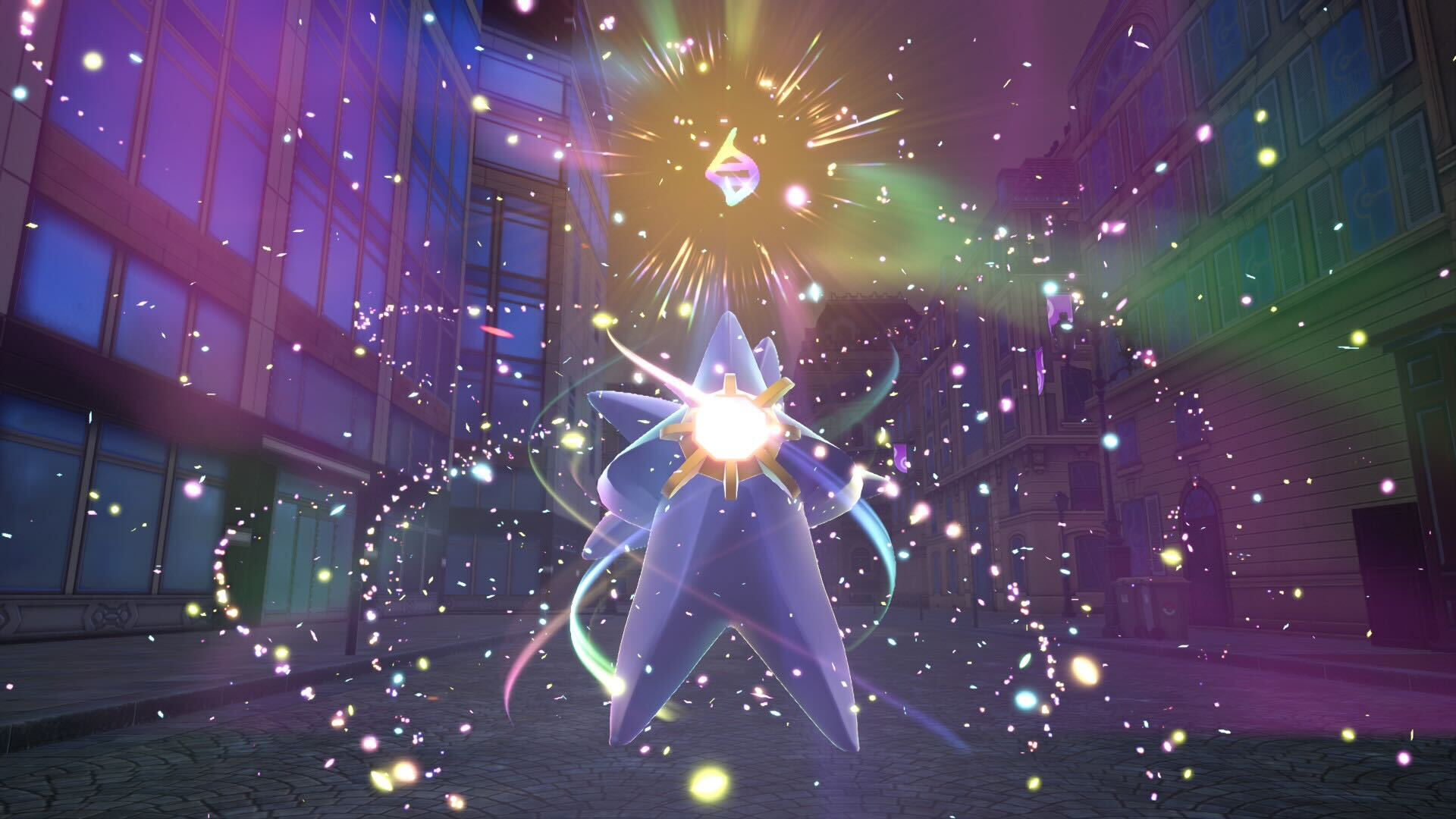
This focus on Mega Evolution also sticks in my craw when, frankly, a lot of the new Mega forms are duds. Mega Starmie’s human-like arms and legs are an abomination, even though its quick movement does make up for Starmie’s biggest weakness. Mega Feraligatr’s toilet-seat-like helmet only looks interesting when it’s closed. And who even asked for a Mega Eelektross? There are some bangers, though. Hawlucha’s upgraded luchadore outfit makes him look like a real pro wrestler, Dragonite’s head wings help bridge the gap between it and its gorgeous pre-evolutions, and Falinks making all of its interlocked bodies into a sword-and-shield-wielding soldier is such a cool riff on its concept. Looking back at the original Megas from Generation VI, their designs were also filled with peaks and valleys, but maybe it’s Z-A’s lopsided focus on the goofiest transformations Game Freak could think of that has me feeling colder. Hopefully, Mega Dimension’s additions help diversify the roster. Mega Raichu X and Y are already a pretty promising start.
I can’t talk about the battling without also diving into the Z-A Royale, the game’s substitute for the usual gym leader run in most games. This tournament has competitors fighting over a lettered ranking to determine the top-standing trainers in Lumiose. You start at Z and make your way to A at the top. Each ranking jump requires you to earn enough points by battling randos in the Battle Zones that pop up every night, then face a more powerful trainer who holds a letter ranking higher than you. Battle Zones are limited-time pop-ups that will disappear when the sun rises, so it’s an exciting challenge to have to accumulate enough points each night in hopes that you won’t have to come back tomorrow to make up the difference.
Z-A helps you earn more points by pulling off specific challenges, such as using particular elemental attacks, ambushing enemies through stealth, or defeating foes with Mega Evolved Pokémon. I love taking part in these races against time that require me to use my whole team, rather than just one or two aces, and the progression system is immensely satisfying…at first. One of the most deflating moments in Z-A is when, for plot reasons, you skip several Z-A Royale rankings to jump right to rank F. This is because Z-A only has five more major characters for you to face, and when all of these trainers are lined up next to each other for you to count, you realize there are about as many of them as there are gym leaders in your average Pokémon game. For all the posturing of its new ideas, Z-A can’t help but fall back on old reliables, and it’s a real bummer when you realize the entire progression system is mostly a facade.
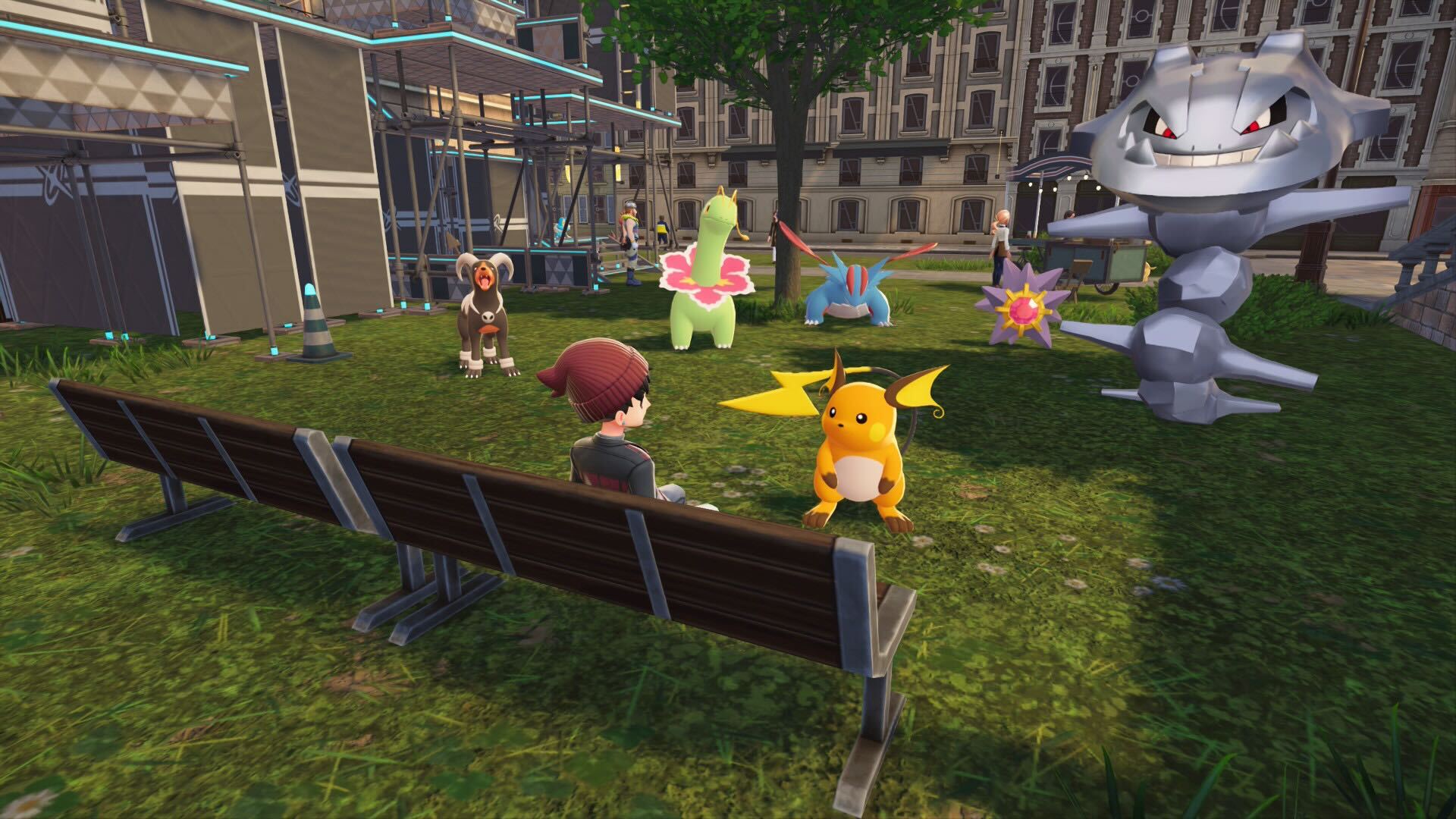
We’re now two Legends games in, and it’s not entirely clear what it means for a Pokémon game to be part of this subseries. Arceus was set in the past and maintained turn-based battles, but had a fluid, action-based capture and traversal system. Z-A moves the timeline forward and has much more restricted traversal, but also an excellent real-time battle system, unlike anything the series has done before. Perhaps the Legends moniker just ends up being a name that differentiates these games from the Pokémon games everyone expects. They’re experimental, show us new sides of places we’ve already been to before, and dive deep into the world in a way the usual Pokémon League run doesn’t typically allow.
Z-A is a game of trying new things and hoping for the best. Not everyone agrees on what the best course of action is, but nevertheless, Lumiose City has to move forward and carve out a future for itself, much like the Pokémon franchise has been trying to do in recent years. It has started abandoning long-held traditions, both in the games and elsewhere, in the hopes that it can be something greater than the corporate machine has forced it to be for so long. Maybe not every change is going to work for everyone, and it will take time for a series that was stuck in its ways for so long to find its footing. But at least the people of Lumiose are trying, and so is Game Freak.
First Appeared on
Source link









